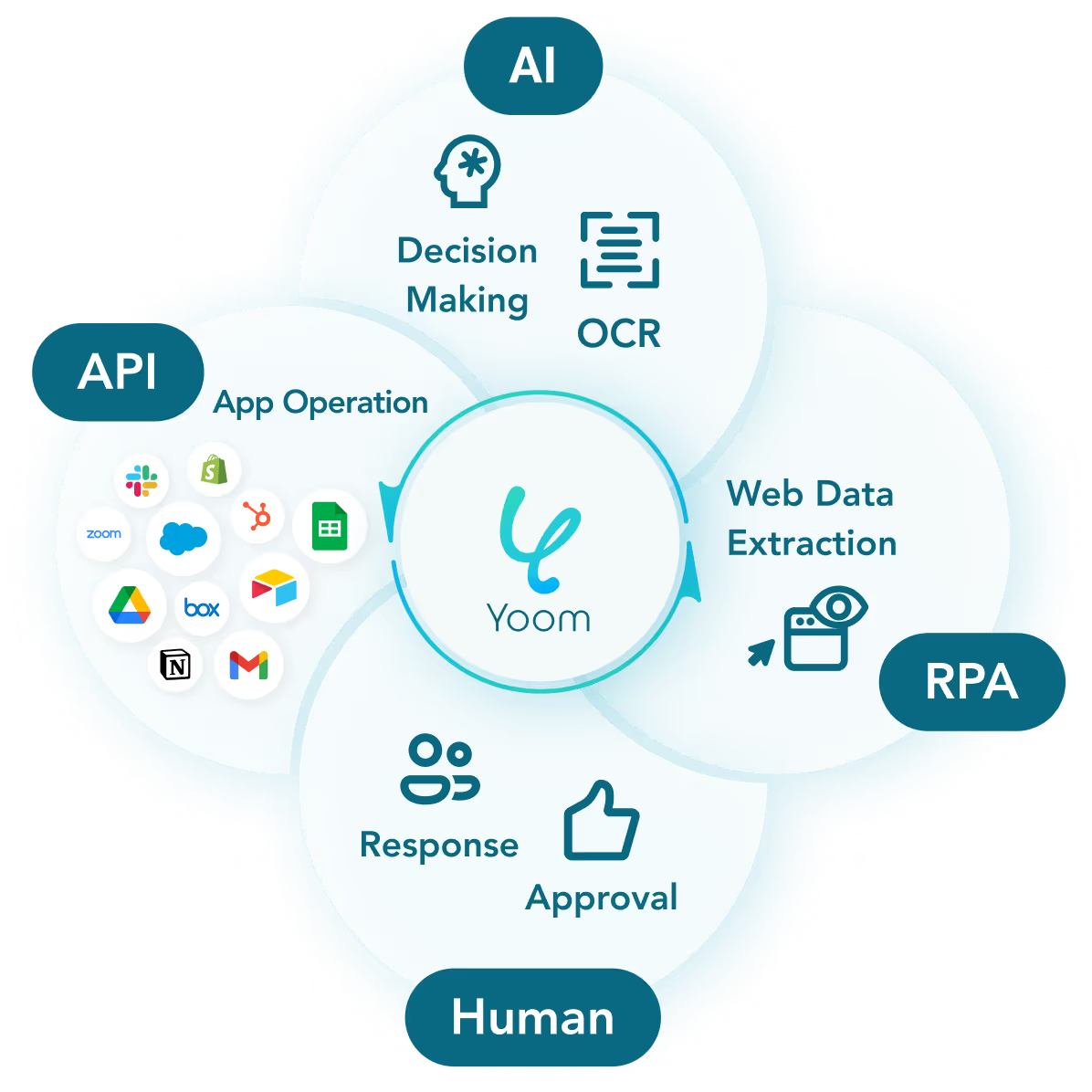
Start free
Functions
Try for free
■Overview
The flow "Notify Gmail when customer information is created in Shopify" is a business workflow that streamlines customer management and communication for online shops.
In Shopify, whenever a new customer registers, it is common to manually check the information and respond via Gmail, which can be time-consuming and labor-intensive. There is also a risk of missing information or notification failures.
By setting up this workflow, a notification is automatically sent to Gmail when customer information is created in Shopify, allowing for quick and accurate responses. This improves store operation efficiency and enhances customer satisfaction.
■Recommended for
■Benefits of using this template




 When an email matching specific keywords is received
When an email matching specific keywords is received
 When an email with a specific label is received
When an email with a specific label is received
 When an email with a specific label is received (Specify Label ID)
When an email with a specific label is received (Specify Label ID)
 When an order is created
When an order is created
 When order information is updated (Webhook)
When order information is updated (Webhook)
 When an order is shipped (Webhook)
When an order is shipped (Webhook)
 When an order is paid (Webhook)
When an order is paid (Webhook)
 When an order is deleted (Webhook)
When an order is deleted (Webhook)
 When Product Information is Created (Webhook)
When Product Information is Created (Webhook)
 When Product Information is Updated (Webhook)
When Product Information is Updated (Webhook)
 When Product Information is Deleted (Webhook)
When Product Information is Deleted (Webhook)
 When Order Information is Created (Webhook)
When Order Information is Created (Webhook)
 When Customer Information is Created (Webhook)
When Customer Information is Created (Webhook)
 When Customer Information is Updated (Webhook)
When Customer Information is Updated (Webhook)
 When Inventory Item Information is Created (Webhook)
When Inventory Item Information is Created (Webhook)
 When Inventory Item Information is Updated (Webhook)
When Inventory Item Information is Updated (Webhook)
 When Inventory Level is Updated (Webhook)
When Inventory Level is Updated (Webhook)
 When Product Information is Created/Updated (Webhook)
When Product Information is Created/Updated (Webhook)
 List Message IDs
List Message IDs
 Move Message to Trash
Move Message to Trash
 Add Label to Specific Message
Add Label to Specific Message
 Remove Label from Specific Message
Remove Label from Specific Message
 Retrieve Specific Message
Retrieve Specific Message
 Search products
Search products
 Get Inventory Quantity
Get Inventory Quantity
 Get Inventory Locations
Get Inventory Locations
 Update Inventory Quantity
Update Inventory Quantity
 Add product
Add product
 Search Orders
Search Orders
 Get Order Details
Get Order Details
 Get Product Variant
Get Product Variant
 Get Customer
Get Customer
 Create Customer
Create Customer
 Update Customer
Update Customer
 Delete Customer
Delete Customer
 Add Custom Collection
Add Custom Collection
 When an email matching specific keywords is received
When an email matching specific keywords is received When an email with a specific label is received
When an email with a specific label is received When an email with a specific label is received (Specify Label ID)
When an email with a specific label is received (Specify Label ID) List Message IDs
List Message IDs Move Message to Trash
Move Message to Trash Add Label to Specific Message
Add Label to Specific Message Remove Label from Specific Message
Remove Label from Specific Message Retrieve Specific Message
Retrieve Specific Message When an order is created
When an order is created When order information is updated (Webhook)
When order information is updated (Webhook) When an order is shipped (Webhook)
When an order is shipped (Webhook) When an order is paid (Webhook)
When an order is paid (Webhook) When an order is deleted (Webhook)
When an order is deleted (Webhook) When Product Information is Created (Webhook)
When Product Information is Created (Webhook) When Product Information is Updated (Webhook)
When Product Information is Updated (Webhook) When Product Information is Deleted (Webhook)
When Product Information is Deleted (Webhook) When Order Information is Created (Webhook)
When Order Information is Created (Webhook) When Customer Information is Created (Webhook)
When Customer Information is Created (Webhook) When Customer Information is Updated (Webhook)
When Customer Information is Updated (Webhook) When Inventory Item Information is Created (Webhook)
When Inventory Item Information is Created (Webhook) When Inventory Item Information is Updated (Webhook)
When Inventory Item Information is Updated (Webhook) When Inventory Level is Updated (Webhook)
When Inventory Level is Updated (Webhook) When Product Information is Created/Updated (Webhook)
When Product Information is Created/Updated (Webhook) Search products
Search products Get Inventory Quantity
Get Inventory Quantity Get Inventory Locations
Get Inventory Locations Update Inventory Quantity
Update Inventory Quantity Add product
Add product Search Orders
Search Orders Get Order Details
Get Order Details Get Product Variant
Get Product Variant Get Customer
Get Customer Create Customer
Create Customer Update Customer
Update Customer Delete Customer
Delete Customer Add Custom Collection
Add Custom Collection Add/Update Metafield Value
Add/Update Metafield Value Update Product
Update Product Update Order
Update Order Search Customers
Search Customers Create Order
Create Order Download product image
Download product image Get product
Get product Get orders (date range)
Get orders (date range) Add product variant
Add product variant Get fulfillment orders
Get fulfillment orders Create fulfillment
Create fulfillment Update Fulfillment
Update Fulfillment Create Order (specify line items as a list)
Create Order (specify line items as a list) Update Product Tags
Update Product Tags List Customer Metafields
List Customer Metafields Create Fulfillment (products)
Create Fulfillment (products) Create blog article
Create blog article Update blog article
Update blog article Get articles for the specified blog
Get articles for the specified blog Search articles
Search articles List blogs
List blogs